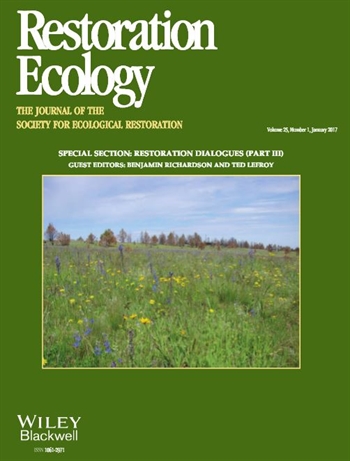MENUMENU

Research > Scientific Contributions
Giupponi L., Bischetti G.B., Giorgi A.
This paper presents the ecological index of maturity (EIM), a new index for evaluating the vegetation disturbance of an area affected by environmental restoration measures based on the study of plant communities. The EIM is the result of the unification and development of some floristic-vegetational indices devised by Taffetani and Rismondo (2009) and Rismondo et al. (2011) to assess the ecological functionality of agro-ecosystems. The EIM provides a value between 0 (high vegetation disturbance) and 9 (undisturbed vegetation), obtained by considering three distinct variables of the species of a plant community: phytosociological class, chorotype, and coverage. Starting from the measure of the degree of maturity of the vegetation (dynamic stage of succession), EIM values tend to decrease the greater the coverage of exotic species and the lower the coverage of endemic species present in the plant community. A practical example, in which the EIM is applied to a mountainous area in the Southern Alps (Northern Italy) that, following a landslide, was subject to soil bioengineering work aimed at slope stabilization and environmental restoration, is provided in order to understand the importance and features of the EIM.
